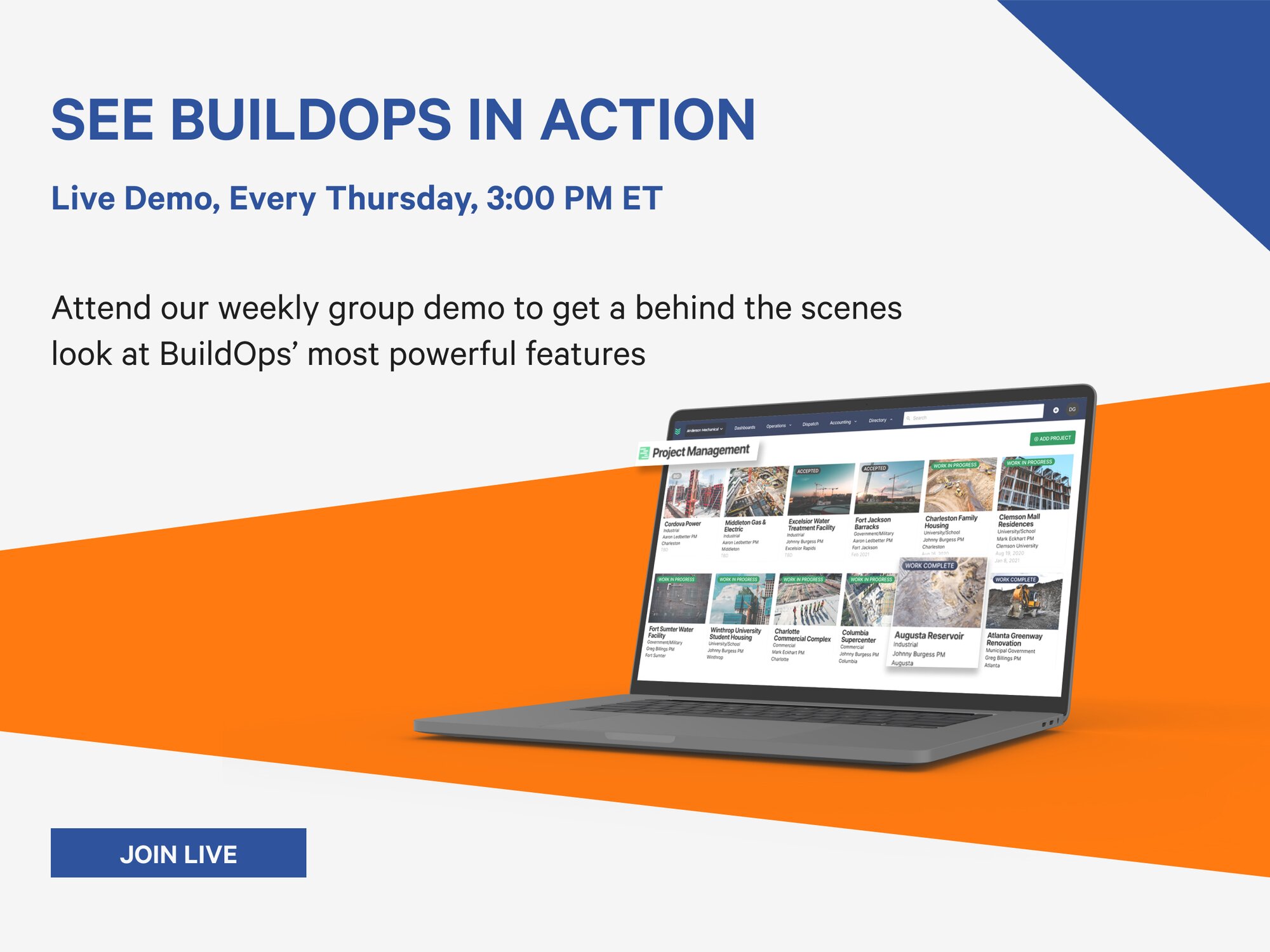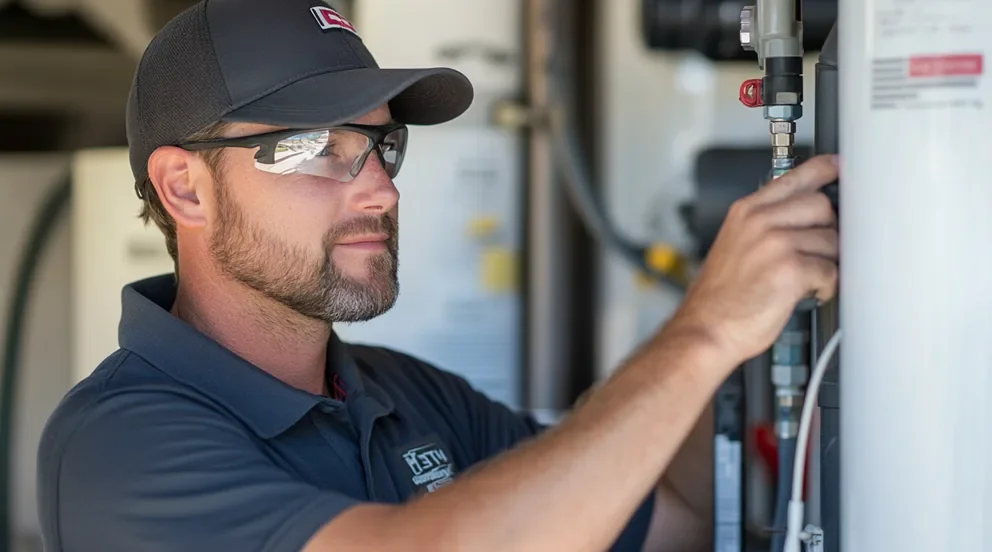Bathroom Planning Software refers to specialized computer programs that aid individuals and professionals in designing and renovating bathroom spaces. Through intuitive interfaces and tools, these applications help to visualize layouts, select materials, and position fixtures. They offer a virtual canvas where users can experiment with different designs and configurations before any physical work begins, ensuring space optimization and aesthetic coherence. The software may contain libraries with a vast range of bathroom components, from bathtubs to tiles, to assist in the planning process.
With Bathroom Planning Software, one can customize a design to meet specific needs and preferences. Drawing on an array of built-in templates or starting from a blank slate, users can easily adjust dimensions to reflect the actual room size. Advanced systems can even simulate lighting effects and textures, providing a highly realistic depiction of the finished bathroom. Accuracy in spatial planning helps to reduce costly errors that might occur if issues are overlooked during the conceptual stage.
Utilized by both amateurs tackling a home project and professional interior designers, Bathroom Planning Software enhances efficiency and creativity. Cost estimation features are often integrated, thus enabling budget management throughout the design process. Accessible on various devices, from desktops to tablets, this digital solution represents a leap forward from traditional pen and paper sketches, offering a dynamic, approachable, and sophisticated tool for perfecting any bathroom project.
Embarking on a bathroom renovation can be daunting – it’s where functional design must meet personalized sanctuary. Navigating the maze of tiles, bathtubs, and fixtures is no trivial task, which is why Bathroom Planning Software has emerged as a linchpin in the realm of interior design. It empowers DIY enthusiasts and professionals alike with the ability to bring dream bathrooms to life, meticulously tailoring every detail to exact specifications before a single tile is laid.
Imagine altering your bathroom’s blueprint with the simplicity of a mouse click; that’s the prowess that Bathroom Planning Software endows to its users. This convergence of technology and design opens up a multitude of possibilities, where users enter a “What You See Is What You Get” realm. It eliminates guesswork and allows the exploration of aesthetics and functionality within a virtual rendition of your bathroom space. The article further explores the magic woven by this innovative tool.
As we delve into the intricacies of Bathroom Planning Software, we uncover how it transforms tenuous ideas into radiant realities. The platform doesn’t just enhance the conceptual process; it brings along benefits such as error reduction and cost efficiency. The following passages will dissect how such software can revolutionize the modern approach to bathroom renovation, offering readers a comprehensive look at an essential tool in contemporary home improvement endeavors.
Visionizing Dreams with Bathroom Planning Software
Crafting the perfect bathroom is akin to painting on a digital canvas with bathroom planning software. These programs provide a visionary platform where every tile, faucet, and fixture can spring from your imagination to the screen. With each project, users embark on an illustrative journey, laying out their desired bathroom in stunning visual detail. This software not only showcases potential designs but also allows users to tweak every element, ensuring their vision aligns perfectly with their expectations.
Embracing the evolution of technology, bathroom planning tools today offer seamless, user-friendly interfaces. Each click and command gives rise to a feature, texture, or color, gradually constructing a bespoke bathroom. The software often includes a vast library of furnishings and finishes, providing a plethora of choices. Homeowners and designers collaborate, experimenting with different layouts until the digital blueprint matches the dream.
Precision stands at the forefront of these futuristic tools. Accurate measurements and real-time modifications eliminate guesswork, safeguarding against costly errors. Tailoring a space becomes simpler as the software aligns with real-world dimensions, providing a reliable guide for contractors and designers alike. This blend of creativity and precision bridges the gap between conceptual designs and tangible outcomes.
Navigating through fixture selections often leads to decision fatigue, but with bathroom planning software, the process is simplified. Users can visually compare sinks, tubs, and toilets within the context of their virtual room. This not only ensures compatibility but also highlights possible aesthetic clashes before the physical renovation begins. Such foresight is invaluable in mastering the art of bathroom design.
Ultimately, bathroom planning software transcends traditional drafting methods, bringing about a renaissance in home renovation. This technology empowers users, allowing for limitless revisions and customization without the need for physical samples or mock-ups. As homeowners and designers wield this powerful tool, their dream bathrooms transition from mere visions into immersive, actionable plans, ready to be brought to life.
Utilizing 3D Design Technology in Bathroom Remodeling
The transformative power of 3D design technology in bathroom remodeling is a game-changer for both professionals and novices. With this technology, users can visualize the end result of their remodeling projects in vivid detail before a single tile is laid. In essence, it’s a virtual rehearsal of the renovation process, allowing for adjustments and refinements prior to actual construction. The immersive experience this technology provides is both efficient and engaging, making it a cornerstone of modern design.
Well-designed bathrooms are no accident; they result from careful planning and visual foresight, both of which are enhanced by 3D design software. These programs serve as invaluable guides, allowing users to experiment with different layouts, styles, and colors. Imagine toggling between hexagonal and subway tiles with a mere click or testing out varied lighting schemes without purchasing a single fixture. This level of interaction fosters confident decision-making.
The beauty of 3D design lies in its ability to translate abstract ideas into tangible visual representations. Homeowners no longer rely solely on their imagination or flat blueprints to envision their renovated space. They can virtually walk through their redesigned bathrooms, gaining a sense of space and flow through three-dimensional exploration. This near-tactile experience brings an additional layer of realism to the planning stage.
For professionals, the era of 3D design technology signifies an important shift from traditional 2D sketches. They can now present clients with animated models that demonstrate functional and aesthetic features in a dynamic and easily understandable format. This can be especially critical in ensuring client satisfaction and avoiding mishaps that stem from miscommunication. A picture is worth a thousand words, and a 3D model might be invaluable.
In conclusion, the advent of 3D design technology represents a monumental leap forward in bathroom remodeling. The collective experience of virtual design not only saves time, money, and resources but also unlocks new realms of creativity. As technology progresses, these tools will continue to evolve, providing even more sophistication in rendering the bathrooms of tomorrow. With such advancements at our disposal, the potential for design innovation is boundless.
How Can Bathroom Planning Software Revolutionize your Space?
Bathroom planning software stands as a testament to the transformative power of technology in interior design. This revolutionary tool has the capacity to reshape the way we approach the design and renovation of personal spaces. By offering a real-time visual representation of a bathroom’s potential, planning software dispels uncertainties and enables a clear vision of the intended outcome. This streamlines the process, saving time and resources that might otherwise be spent on tentative choices.
Central to the software’s appeal is its interactive platform, which encourages experimentation. Users can mix and match various materials and fixtures, reposition elements, and test out color schemes at their leisure. This hands-on approach is instrumental in crafting a space that is not only functional but also individualistic, reflecting the unique style and personality of its inhabitants. It is a shift from a one-size-fits-all approach to a truly personalized design experience.
Not only does the software serve aesthetic purposes, but it’s also an ally in space management. By functioning as a virtual measure tape and layout planner, it helps optimize the use of space, essential in smaller bathrooms. Users can manipulate the arrangement of elements to ensure there is enough movement area, proper storage, and that the space doesn’t feel cluttered. This spatial awareness is crucial in achieving an effective and comfortable bathroom design.
Beyond its utility in design, the software also aids in financial planning. With built-in features that tally up the cost of selected features and materials, homeowners can keep track of their budget, making adjustments as needed. This functionality allows for a more strategic approach to spending, focusing resources on features that provide the greatest impact or are most important to the end-users.
In essence, bathroom planning software is not just about bringing a vision to life; it’s about revolutionizing the process of creating a space that is as practical as it is personal. As this technology becomes more advanced and accessible, it will continue to democratize the design process, empowering individuals to take control of their bathroom renovations with confidence and creativity. Through this digital transformation, our personal spaces become arenas of endless possibility.
Unleashing Creativity with Bathroom Planning Software
Modern bathroom planning software is a creative powerhouse, enabling a fusion of innovation and functionality right at your fingertips. It invites a level of creative freedom that traditional planning methods could never provide. Users can select wall colors, tile designs, and even accents without being limited by physical inventory or store hours. This autonomy in the creative process nourishes the soul of the bathroom, ensuring it reflects the individuality of its owner.
As people spend more time in their homes, having a sanctuary becomes not just a luxury, but a necessity. The bathroom can play a pivotal role in this capacity, providing a space for relaxation and rejuvenation. Through the use of planning software, every corner and crevice can be customized to contribute to this sensation of retreat. Adjustable lighting, ergonomic features, and soothing color palettes can all be meticulously planned to create a spa-like atmosphere at home.
The software’s capacity to visualize complex designs affords users the courage to explore bold patterns and layouts they may otherwise shy away from. This can lead to surprising and delightful results that push the boundaries of conventional bathroom aesthetics. Whether it’s implementing a unique tile mosaic or integrating cutting-edge technology into the space, the software embodies a ‘try before you buy’ model, eliminating much of the risk associated with creative experimentation.
Moreover, the collaborative potential of this software cannot be underestimated. Sharing your designs with family, friends, or design professionals opens up avenues for feedback that can refine and enrich the original concept. This communal approach to design ensures the final product is something that truly resonates on a personal and practical level. It’s a melding of minds that elevates the humble bathroom to a work of art.
In conclusion, bathroom planning software doesn’t just expedite the design process, it enlivens it. By unlocking the full spectrum of creative potentials and inviting collaboration, it has revolutionized how we materialize our interior aspirations. This is not simply a tool for organization or visualization; it is a conduit for personalized expression, an enabler of dreams that transforms the mundane task of bathroom planning into an exciting journey of creation.
Bathroom Planning Software: Brings Decisions Out of Personal Bubble
Bathroom planning software has emerged as a catalyst for decision-making that reaches beyond personal preferences to universal design principles. This innovative tool allows individuals to step out of the confines of their personal bubble, employing a holistic perspective when renovating this intimate space. Engaging with the software, users consider not just aesthetics, but ergonomics, sustainability, and long-term functionality, leading to well-rounded decisions that benefit all occupants of the home.
The wealth of data integrated within these planning platforms can significantly affect material and product selections. Environmental factors, such as water usage and energy efficiency, become tangible metrics to consider when choosing fixtures and appliances.The beauty of this new era of designing bathrooms lays in its inclusivity. The software presents options that may enhance accessibility for individuals of all abilities, promoting a design that is considerate and adaptable.
Designing a bathroom also involves navigating a network of stakeholders, from family members to future potential buyers. With the ability to simulate multiple versions of a space, this software provides a platform for discussion and consensus among all interested parties. In conclusion, the advent of bathroom planning software marks a departure from insular decision-making. It guides users in creating spaces that are not just personally satisfying but also universally welcoming and responsible.





